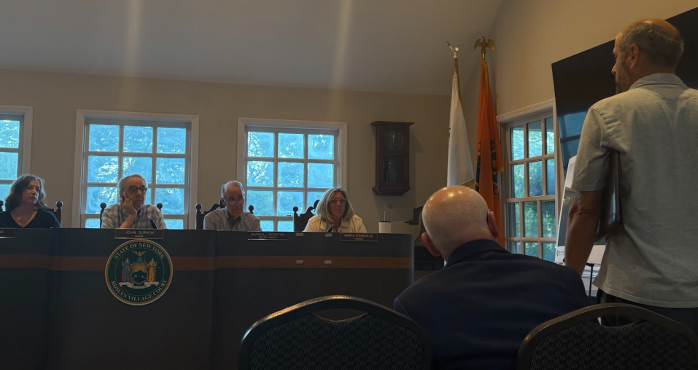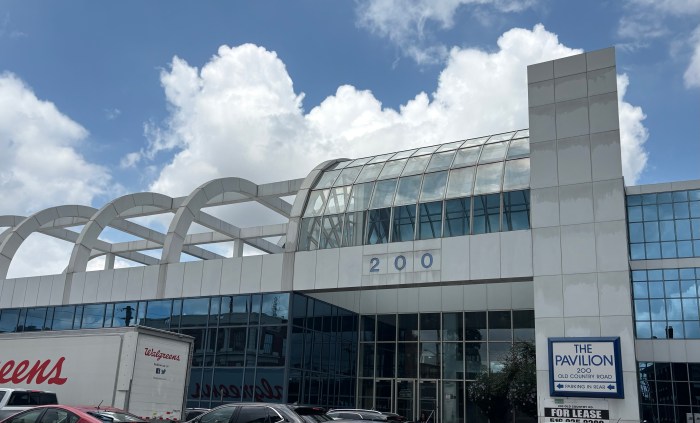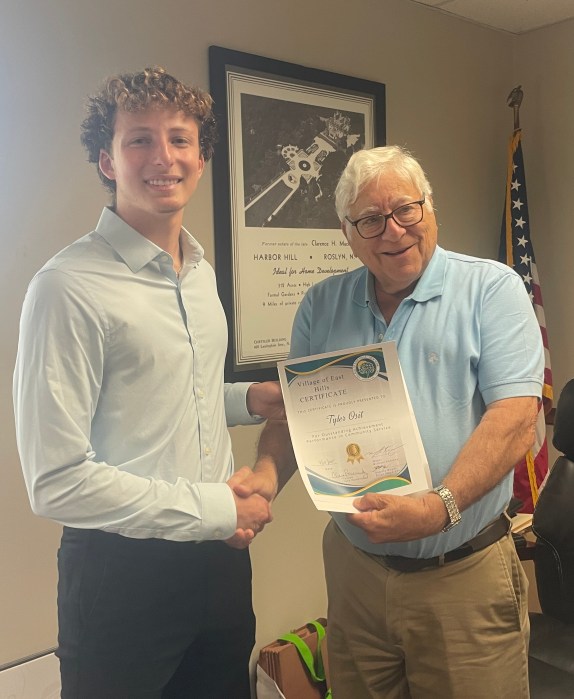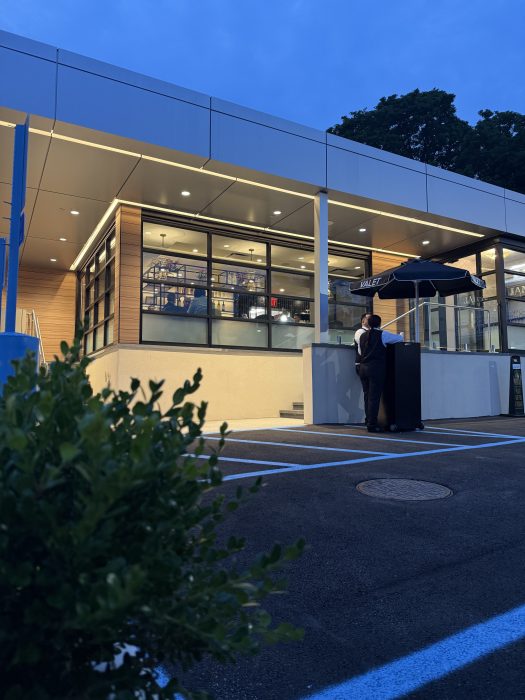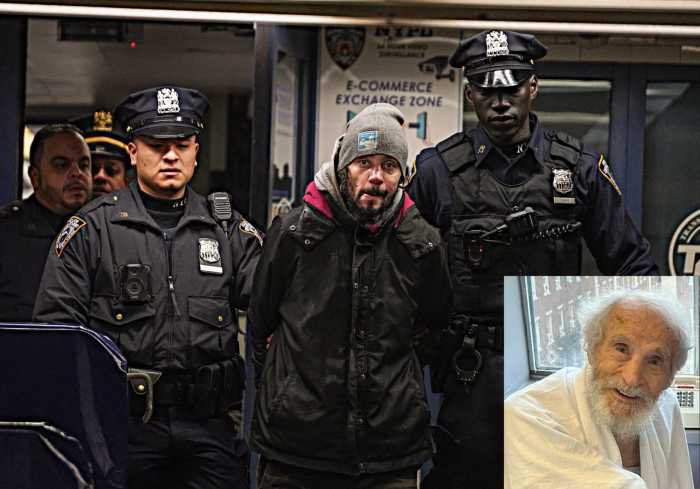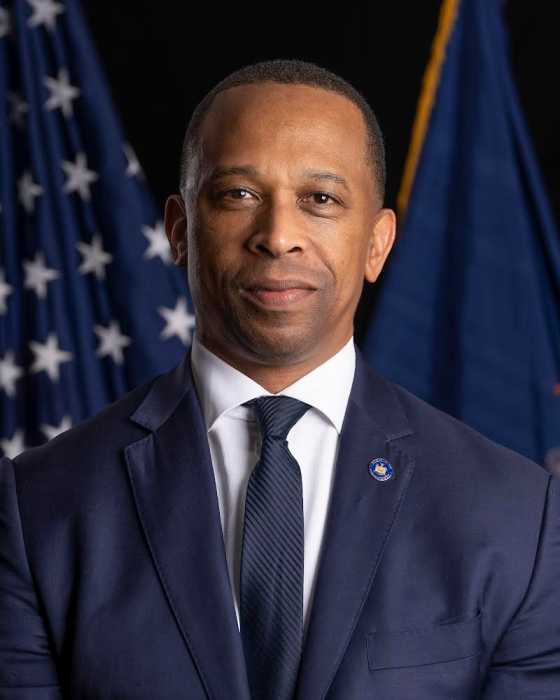Long Island water providers burdened by the cost of removing chemicals from the drinking supply have just received a bit of relief.
A settlement was recently reached in a case involving over 20 water districts on the island and thousands across the country against the manufacturing company 3M. The suit found 3M responsible for manufacturing and then polluting the country’s drinking water with PFAS, a chemical known to cause serious health issues like cancer, and subsequently liable to remove the harmful chemical from the water.
“PFAS has contaminated the water supplies across the world to such an extent that it is an enormous international public health issue,” said Matt Edling, one of the lawyers representing local water districts in the case. “The water providers I represent have to treat and get PFAS out of their water supply, because the State of New York has determined that it should not be in the water to protect people’s health.”
3M is one of the most significant manufacturers of PFAS and PFOS, which is why they were named in the suit and charged with negligence.
“The companies that manufactured those chemicals knew that those chemicals would be problematic for drinking water and failed to appropriately take safeguards to prevent that from happening,” Edling said. “The very contamination that water providers are dealing with in Long Island as well as across the country, these companies knew, or should have known, that would occur and had a duty to prevent it from happening.”
“The point is it didn’t need to be that way,” Edling said. “If the companies had done what they’re obligated to do under the law, which is to appropriately warn their customers, it wouldn’t have happened.”
Over $10 billion was distributed to water districts across the country after the decision, made by a district court in South Carolina. Long Island’s water districts were awarded an outsized proportion of the award because its unique geography and water system make its water particularly vulnerable to this form of pollution.
“Long Island is pretty unique in terms of the impact to water suppliers in the sense that there are so many impacted water suppliers in such a concentrated area. It’s a really significant problem that these water providers are tackling,” Edling said. “It’s due to a combination of unique hydrogeology and historic industry practices.”
Edling is referring to the fact that Long Island primarily sources its drinking water from one underground aquifer, which has been contaminated with PFAS and PFOS, as well as 1,4-dioxane and other chemicals.
Water districts receiving money from the suit include Plainview, Oyster Bay, Jericho, Garden City Park Water, Port Washington, Manhasset and the Water Authority of Western Nassau County.
This settlement money is uniquely helpful to the island’s water providers because they can use it to cover maintenance and operation costs of completed PFAS treatment systems. This is notable because many state grants that support water providers in removing the chemical can only be used for the construction of treatment systems.
“A lot of the money that they’re going to receive will be to make sure that those already existing treatment systems are properly maintained and operated, the cost of which can be very expensive over time,” Edling said about the island’s water districts receiving the settlement. “These settlement dollars will reduce what otherwise would be paid by taxpayers.”
The Oyster Bay Water District, which was awarded $851,000 from the settlement, plans to use the money primarily for the maintenance and operation of a new granulated activated carbon, or GAC, plant to remove PFAS and PFOS from drinking water. The district is currently working to build the plant and said it may use some money from the settlement to help offset the construction of the plant as well.
Chairman of Oyster Bay Water District Robert McEvoy said he felt the settlement was beneficial to the water district’s ratepayers and taxpayers and made clear that those polluting the water should be responsible for cleaning it.
“I think it drives home the point that the companies that are responsible for putting these compounds into the ground and into the aquifer have to pay for this,” McEvoy said. “These settlements are producing payments from them to the water providers that did not put these substances there, but are responsible for taking them out. If you’re gonna pollute the groundwater, expect to pay for its cleanup.”
Edling is also representing the Oyster Bay Water District and other local water providers in another water quality suit against DuPont de Nemours Inc. regarding PFAS in the island’s drinking water. In addition, he is representing Long Island-based water providers against Dow Chemical, Vulcan Materials, and Vibrantz and in a separate suit over 1,4-dioxane contamination in Long Island’s drinking water.
Both of those suits are still pending.





